Researchers predict the existence of a class of particles that behave differently from those already known.
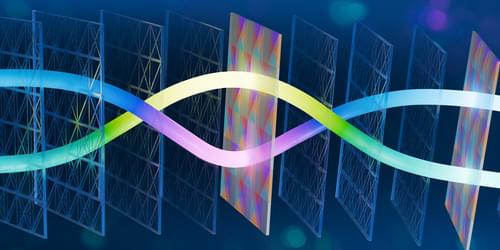


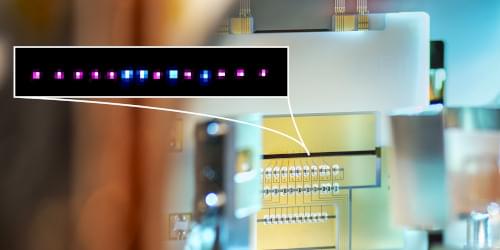
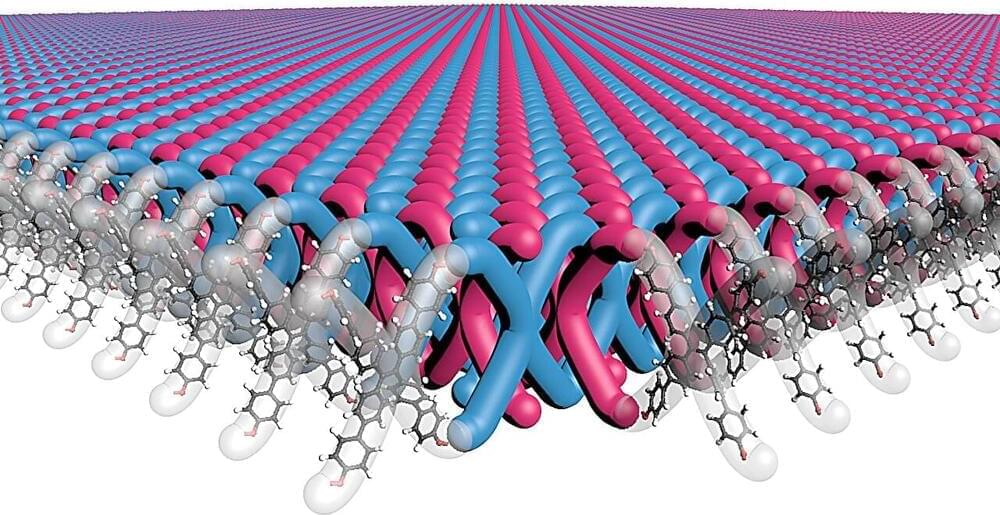
In a remarkable feat of chemistry, a Northwestern University-led research team has developed the first two-dimensional (2D) mechanically interlocked material.
Resembling the interlocking links in chainmail, the nanoscale material exhibits exceptional flexibility and strength. With further work, it holds promise for use in high-performance, light-weight body armor and other uses that demand lightweight, flexible and tough materials.
Publishing on Jan. 17 in the journal Science, the study marks several firsts for the field. Not only is it the first 2D mechanically interlocked polymer, but the novel material also contains 100 trillion mechanical bonds per 1 square centimeter—the highest density of mechanical bonds ever achieved.
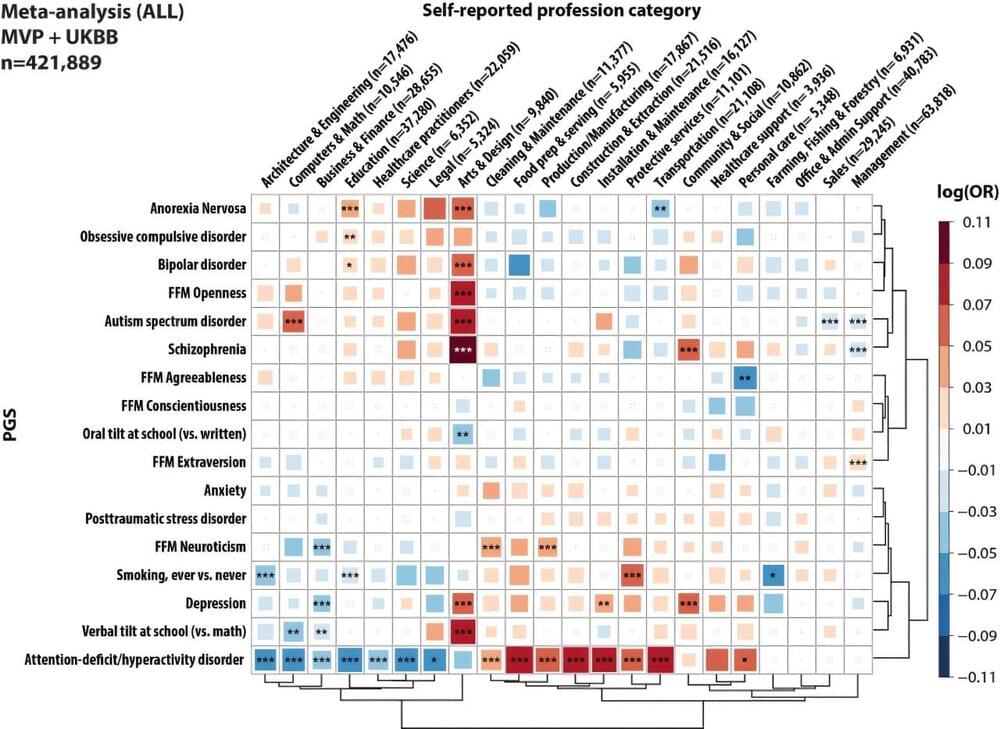
Polygenic scores (PGS) are metrics used to estimate the genetic predisposition of people to developing specific mental health conditions, personality traits or diseases. In recent years, these metrics have often been used to investigate the intricate connections between genes and environmental factors.
Researchers at the JJ Peters VA Medical Center, Icahn School of Medicine at Mount Sinai and other institutes recently carried out a study aimed at determining whether neuropsychiatric polygenic scores could predict the professional categories that individuals belong to. Their findings, published in Nature Human Behaviour, suggest that these scores weakly predict the professional category that people belong to.
“Neuropsychiatric disorders are both common and highly heritable, yet they remain heavily stigmatized,” Georgios Voloudakis, first author of the paper, told Medical Xpress.
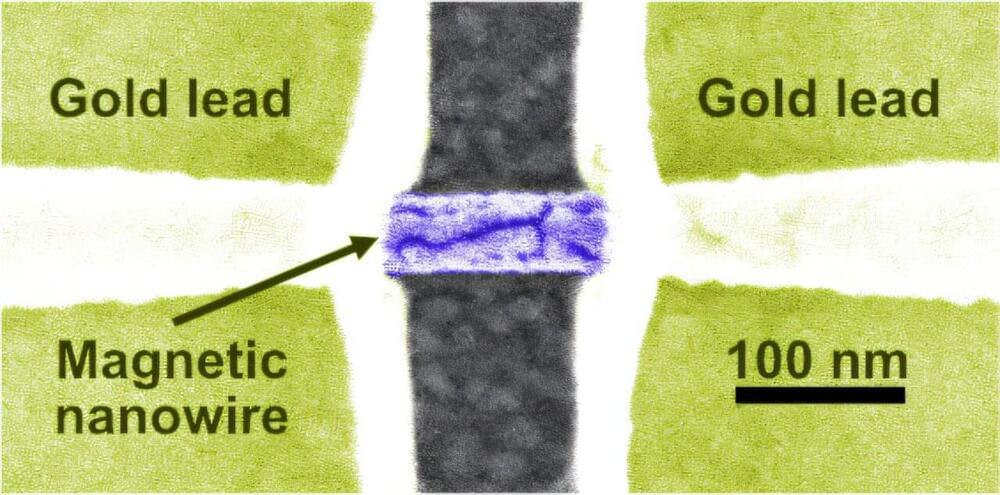
Our data-driven world demands more—more capacity, more efficiency, more computing power. To meet society’s insatiable need for electronic speed, physicists have been pushing the burgeoning field of spintronics.
Traditional electronics use the charge of electrons to encode, store and transmit information. Spintronic devices utilize both the charge and spin-orientation of electrons. By assigning a value to electron spin (up=0 and down=1), spintronic devices offer ultra-fast, energy-efficient platforms.
To develop viable spintronics, physicists must understand the quantum properties within materials. One property, known as spin-torque, is crucial for the electrical manipulation of magnetization that’s required for the next generation of storage and processing technologies.
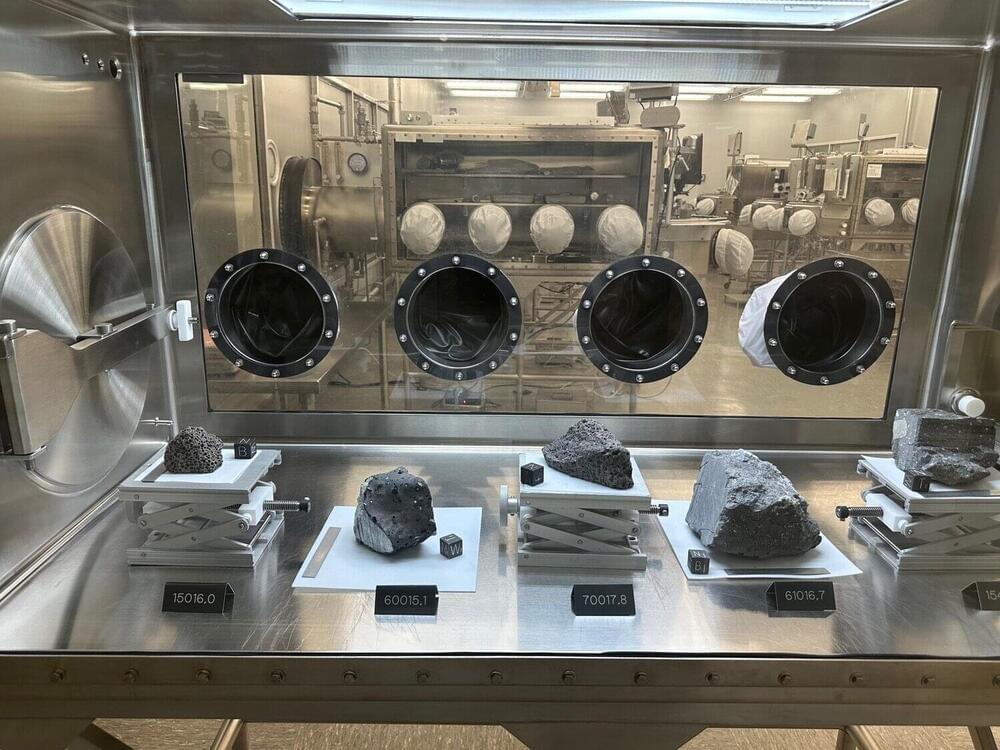
A research team from the University of Göttingen and the Max Planck Institute for Solar System Research (MPS) has discovered another piece in the puzzle of the formation of the moon and water on Earth. The prevailing theory had been that the moon was the result of a collision between early Earth and the protoplanet Theia. New measurements indicate that the moon formed from material ejected from the Earth’s mantle with little contribution from Theia.
In addition, the findings support the idea that water could have reached Earth early in its development and may not have been added by late impacts. The results are published in the Proceedings of the National Academy of Sciences.
The researchers analyzed oxygen isotopes from 14 samples from the moon and carried out 191 measurements on minerals from Earth. Isotopes are varieties of the same element that differ only in the weight of their nucleus. The team used an improved version of laser fluorination, a method in which oxygen is released from rock using a laser.
Observing the effects of special relativity doesn’t necessarily require objects moving at a significant fraction of the speed of light. In fact, length contraction in special relativity explains how electromagnets work. A magnetic field is just an electric field seen from a different frame of reference.
So, when an electron moves in the electric field of another electron, this special relativistic effect results in the moving electron interacting with a magnetic field, and hence with the electron’s spin angular momentum.
The interaction of spin in a magnet field was, after all, how spin was discovered in the 1920 Stern Gerlach experiment. Eight years later, the pair spin-orbit interaction (or spin-orbit coupling) was made explicit by Gregory Breit in 1928 and then found in Dirac’s special relativistic quantum mechanics. This confirmed an equation for energy splitting of atomic energy levels developed by Llewellyn Thomas in 1926, due to 1) the special relativistic magnetic field seen by the electron due to its movement (“orbit”) around the positively charged nucleus, and 2) the electron’s spin magnetic moment interacting with this magnetic field.
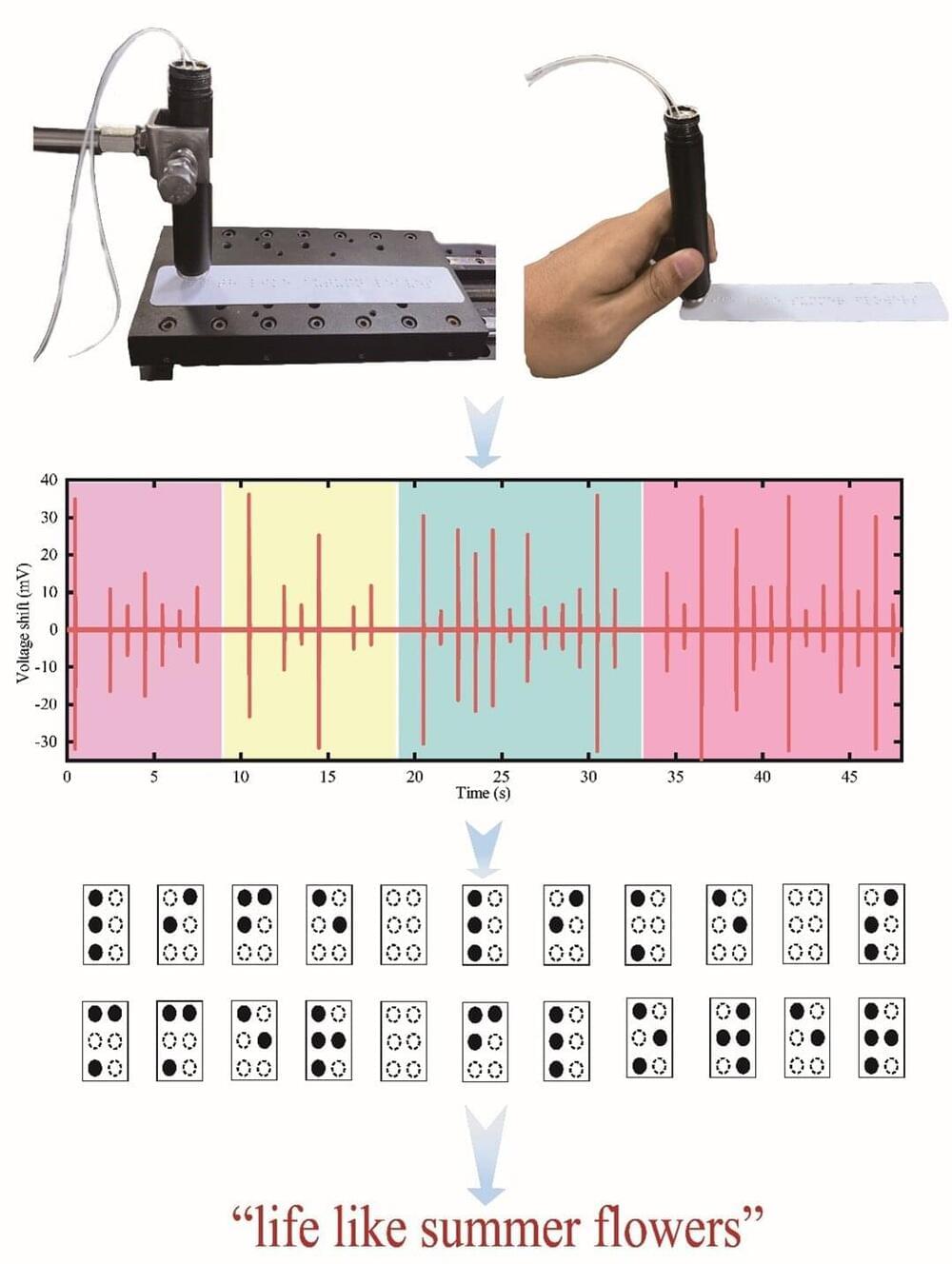
An international team of chemists has successfully created methylenedistibiranes, which are three-membered rings that have two antimony atoms and one carbon atom. In their paper published in the Journal of the American Chemical Society, the group describes how they were able to make the rings using just a three-step process.
Methylenedistibiranes are generally used as intermediaries due to their ability to promote selective nucleophilic substitution, resulting in the creation of diantimonyl anions. Chemists have been wanting to be able to create them because it is difficult to use natural elements due to orbital overlap. The achievement by the team is noteworthy because making similar rings with heavier pnictogen elements like antimony and bismuth has proven to be challenging due to changes in orbital overlap trends and energies.
To create the three-membered rings, the research team first synthesized diazadistiboylidenes using [3+2]-cycloaddition between distibene and diazoolefins, which are five-membered rings that have dual antimony, nitrogen and carbon atoms. The resulting stiboylidene served as an intermediary to promote the substitution of a species with bonds formed during donation of electron pairs. The researchers note that it was a surprise to them that the reaction worked as well as it did, since there are few examples of small ring formation with more than one antimony atom.
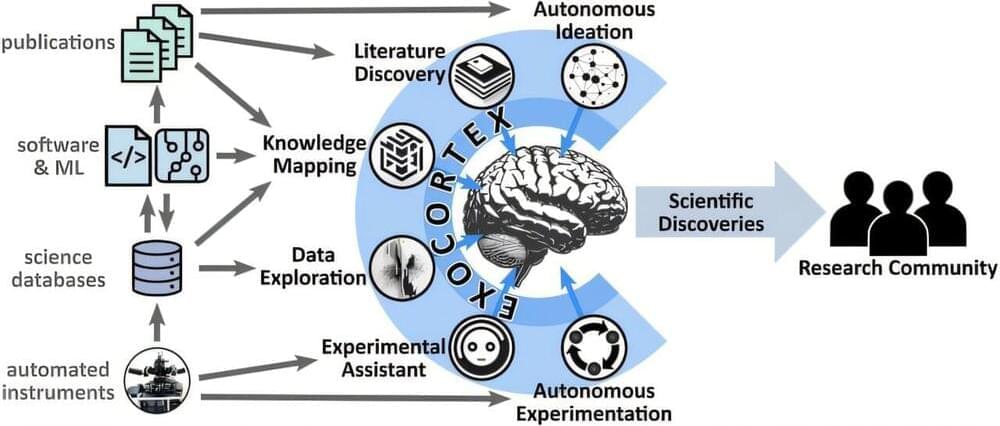
Artificial intelligence (AI) once seemed like a fantastical construct of science fiction, enabling characters to deploy spacecraft to neighboring galaxies with a casual command. Humanoid AIs even served as companions to otherwise lonely characters. Now, in the very real 21st century, AI is becoming part of everyday life, with tools like chatbots available and useful for everyday tasks like answering questions, improving writing, and solving mathematical equations.
AI does, however, have the potential to revolutionize scientific research —in ways that can feel like science fiction but are within reach.
At the U.S. Department of Energy’s (DOE) Brookhaven National Laboratory, scientists are already using AI to automate experiments and discover new materials. They’re even designing an AI scientific companion that communicates in ordinary language and helps conduct experiments. Kevin Yager, the Electronic Nanomaterials Group leader at the Center for Functional Nanomaterials (CFN), has articulated an overarching vision for the role of AI in scientific research.